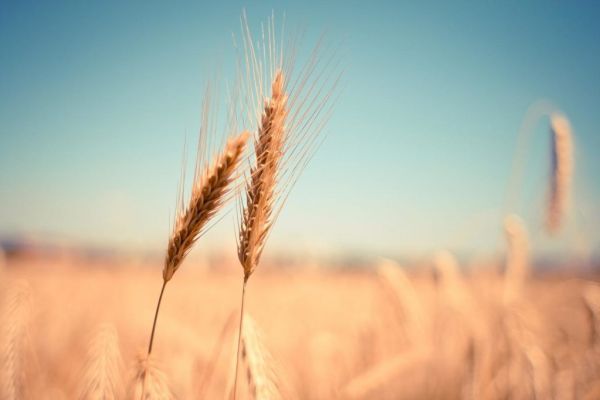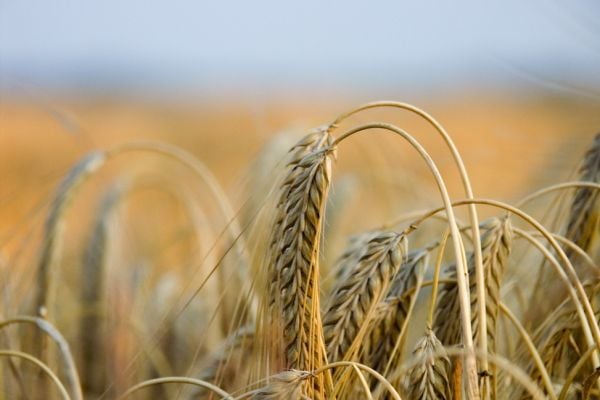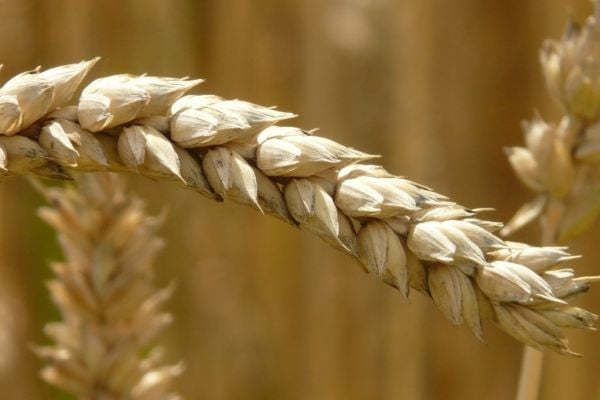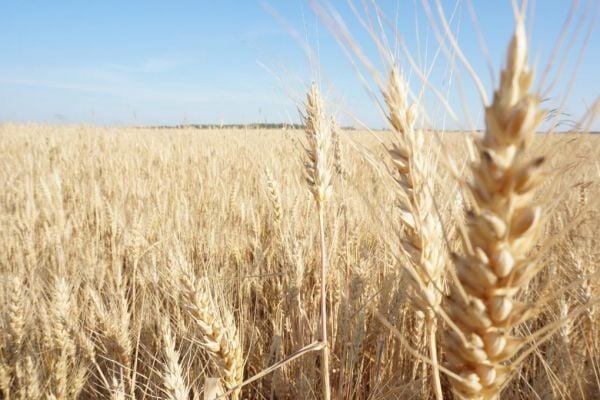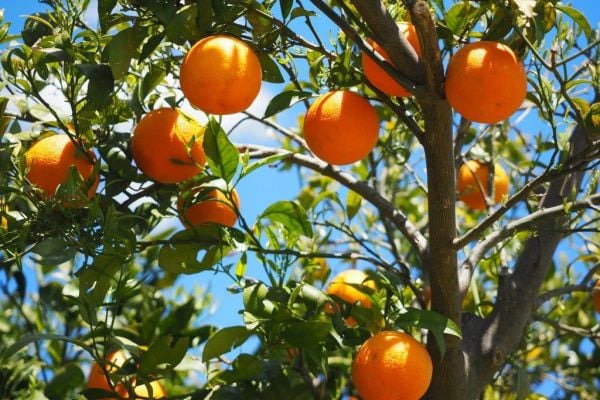Dry weather in Australia's west and south is threatening to shrink crops, with canola output likely to drop this year, but ample rainfall in eastern states is expected to boost the country's overall wheat output, analysts said.
Australia is a major agricultural exporter due to its huge landmass and small population. Global prices of wheat and other grains have risen in recent weeks as the world supply outlook tightened.
More than a month into the winter planting season, "it's a tale of two Australias," said Rod Baker at Australian Crop Forecasters in Perth.
"In Queensland and most of New South Wales, things are looking fantastic," he said, predicting higher wheat and barley plantings and better yields than last year.
But farmers in Western and South Australia are feeling increasingly anxious as they plant seeds into dry earth.
"Rain in the coming couple of weeks will be crucial to get the crop out of the ground and encourage the remaining crop to be planted," Baker said.
Planting of canola, which must be sown early to achieve maximum yields, is taking a hit with some farmers pivoting to wheat and barley that tolerate later planting, analysts said.
The area planted with canola nationwide will shrink 6% to 3.1 million hectares with production likely to fall 5% from last year to 5.4 million metric tonnes, Baker said.
The wheat area should, however, rise 1% to 13.5 million hectares with production increasing 11% to 29.3 million metric tonnes, he said, while the barley area is set to grow 4% to 4.5 million hectares and output to rise 7% to 11.2 million tonnes.
There's Still Time
Harvests in Western and South Australia could be their lowest in years if dry weather continues, said Stefan Meyer, a grains broker with StoneX in Sydney.
"Western Australia, which normally produces around 10 million tonnes of wheat, is on track for a roughly 4.5 million tonne harvest," he said. "South Australia, which should produce around 5.5 million tonnes, is currently looking like it will produce 4 million tonnes at the most."
But Australia has in the past seen strong production in years that have begun dry.
"There's still time for rain to come," said Ole Houe, director of advisory services at IKON Commodities in Sydney, predicting a wheat harvest of more than 30 million tonnes and canola production of 5.7 million tonnes.
Australia's weather bureau forecasts below average rainfall in South Australia and average rainfall in West Australia until well into June but wetter conditions after that.
"This could all be turned around very quickly," said Andrew Whitelaw at agricultural consultants Episode 3 in Canberra.
"We have seen seasons, such as the 2011/12 season in Western Australia, when it seemed all was lost, then rains in July turned it into what was at the time record production," he said.

